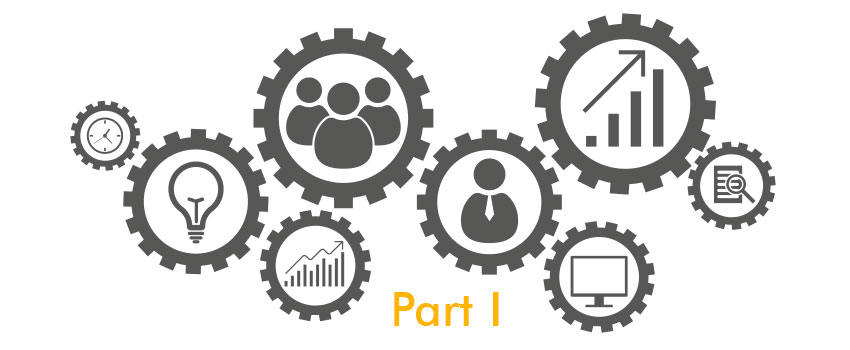
What Tactics We Use to Monetize Notifications – Part I
Push notifications have been around for quite a while. Arguably, since the advent of the internet. But, it wasn’t until 2008 when Apple introduced a push notification system that delivered notifications for any app with the introduction of the App Store that they slowly gained traction. By 2012 Google was already in on it, which eventually led to push notifications becoming one of the highest converting marketing channels out there.
Despite its rise in popularity, however, most people, even marketers and business owners, do not know how to best utilize push notifications.
We’re here to fix that.
Below are proven tactics that we have used to monetize notifications that any business owner or marketer can apply to their business and/or website.
1. Create a Sense of Urgency
The best thing about push notifications is that when they pop-up, they require immediate attention. If done correctly, users will respond, often positively, as soon as they see notification pop-up. On the other hand, failing to create some sense of urgency is a waste opportunity that makes the notifications feel more like a nuisance and actually pushes users to opt-out.
Example: “What are you waiting for? Today is the last day you can claim our one-time offer for a free consultation and 50% discount on all services!”
2. Use Images
The larger the image, the better. Though, don’t think that you can just get away with putting any kind of image on your push notification. Instead, focus on using large images that best represent what a particular notification is all about. Get creative. You are dealing with visual creatures, after all. Also, because you’re most likely going to deal with the current generation, use emojis. Remember, nothing is as boring as a notification with stock icons and images.
3. Tailor Fit Each Notification
The thing with push notifications is that it’s a never-ending process of finding the right notifications to send to the right set of people. Luckily, because your users have opted-in to be part of your list, you likely will have the necessary information you need to separate them into segments so you can personalize the notifications and enjoy higher conversion rates.
Example: You can separate your subscribers based on their activities online, specifically on your website. This is so that you only end up sending shoe sale bargains to subscribers that actually frequent the footwear section of your e-commerce store.
4. Follow the Three-Second Rule
Before pushing out notifications, ask first, is it valuable? If it takes you longer than three seconds to come up with an answer, then it probably isn’t and your users probably won’t think the same either.
Just like how much you hate that overbearing salesperson that keeps on selling you stuff you don’t want, your users will hate your website and brand if you keep on pushing notifications that are of very little to no value.
Put simply, focus on value first. The rest will follow.
5. Make it Personal
Speaking of value, how often have you availed of a particular service or product just because of how much you thought the salesperson cared about you? Many times, right?
Well, put your shoes in your user’s shoes and find a way to connect with your customers, which is where personal messages come in. Not only do they help cut through all of the unnecessary information, but they have better chances of conversion and are often received positively.
Example: Your website offers a subscription-based service that send subscribers keys to a mix of popular video games and random indies for a monthly fee. If a user’s subscription is about to be renewed and the user hasn’t touched his most recent bundle, you can set the push notifications to email users to ask if they want to cancel the subscription and offer to notify them if any game on their wish list is coming up on a new bundle. Though you may lose a potential customer, doing so shows that you genuinely care about your users while generating possible income in the future.